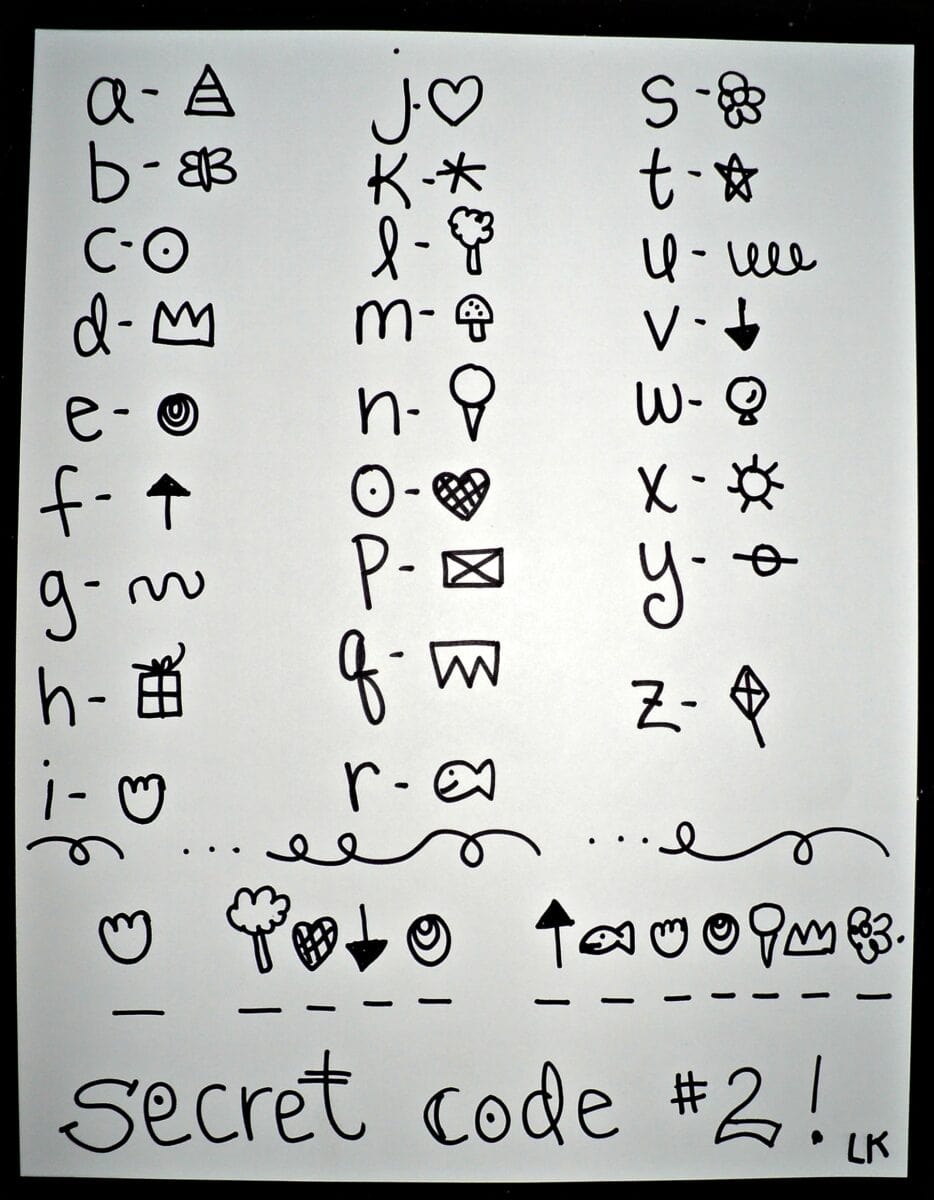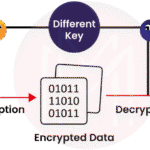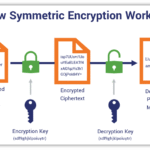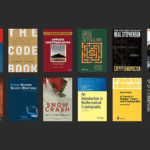Cryptography, the art of encoding and decoding messages, has long captivated the imagination of enthusiasts, adventurers, and lovers alike. The idea of whispering sweet nothings in a language understood only by two people adds a layer of intrigue to romantic expressions. In this exploration, we pose a playful question: how can one subtly convey the sentiment of ‘I like you’ using secret codes? Not merely as an exercise in communication, but as a way of tailoring a personal message that heightens intimacy and creativity. From ancient methods to modern encryption techniques, this article will delve into the enchanting world of cryptography, instructing you on how to employ it to express affection in a distinctive manner.
The journey begins with a brief examination of historical approaches to secretive communications. Cryptography has roots that trace back to the Roman Empire, where Julius Caesar devised a rudimentary method known as the Caesar Cipher. Here, letters in a message are shifted a certain number of places down the alphabet. For instance, if one were to apply a shift of three, ‘A’ becomes ‘D,’ ‘B’ becomes ‘E,’ and so forth. This method is strikingly simple yet effective for conveying affection when you simply want to say, “I like you.” By encoding your message, you transform a mundane proposal into a cryptological enigma that leaves room for playful interpretation.
To encode the phrase “I like you” using the Caesar Cipher, you might select a shift value to create a custom cipher. If you choose a shift of three, the phrase translates to “L olihh brx.” Such coding could be inscribed on a handwritten note or sent as a text message. The recipient, aware of the encoding key, would decode the message with glee, delighted by the thoughtful effort. Thus, the initial and simple expression becomes a charming riddle waiting to be unraveled.
Shifting now to a more intricate cryptographic method, we turn to substitution ciphers, where each letter of the alphabet is replaced with another letter or symbol. A classic example is the Atbash Cipher, which reverses the alphabet entirely. In this case, ‘A’ becomes ‘Z,’ ‘B’ becomes ‘Y,’ and so forth. To use this method, one need only encode your message accordingly. The phrase “I like you” would become “R orpv blf.” This whimsical transformation not only conveys a message of affection but also invites the recipient to ponder what other secrets lie within your coded communication.
Another playful approach involves the use of imagery and symbolism. Perhaps integrating visual elements could help enrich the experience of delivering your message covertly. Consider crafting a code where specific symbols or emoticons represent characters or ideas. For example, you could designate a heart emoji to signify ‘I,’ a star for ‘like,’ and a rose for ‘you.’ Thus, your message might appear as something akin to “❤️⭐ ”. The playful interpretation is left to the recipient, who must decipher the significance of emotive symbols, heightening engagement within your conversation.
Creating a cipher wheel can also serve as a delightful way to convey a message. A cipher wheel consists of two circles – one containing the alphabet and the other displaying an altered version. To decode the secret, the user aligns the letters accordingly. This hands-on approach not only engages your partner but adds an element of tactile exploration to your communication. Crafting a romantic game encourages both participants to interact with the content, rather than merely reading a note. Each spin of the wheel becomes an interactive moment, fostering connection and conversation.
But what if someone wants to elevate the challenge? Consider employing a book cipher, a method that relies on a shared text—a favored novel, poem, or even song lyrics. In this scenario, the encoded message might consist of references to certain words—like page numbers or specific lines. For example, “I like you” could manifest in the format “4:2, 10:1, 1:5,” conveying a deep sense of camaraderie as both individuals share their love for the same text. This intricate layer augments the reading experience and cultivates deeper discussions around specific passages of literature.
Lastly, we must address the concept of steganography, the craft of hiding messages within mundane text or images. A text with your concealed message embedded within could be creatively sprung upon your loved one. By using the first letter of each word, you could compose an elaborate sentence that masks the expression “I like you.” For example: “Every elegant rose opens gracefully, inspiring your enjoyment.” Here, the first letters spell out “I like you,” cleverly concealing the sentiment while maintaining a seemingly innocuous message.
In conclusion, the ability to convey “I like you” through cryptography is a playful yet profound endeavor. The various methods discussed—from simple ciphers to intricate steganography—add layers of excitement and thoughtfulness to your romantic gestures. The canvas of secret codes lays out an array of possibilities, allowing you to communicate in a way that is both personal and transformative. Each interaction becomes an opportunity for exploration and creativity. Engaging in this cryptographic dance not only relays a message of affection but also encourages collaborative participation, making expressing emotions an exquisite art form. So, are you ready to embrace the enchanting world of cryptography and share your feelings in a mysterious yet meaningful way?









Leave a Comment